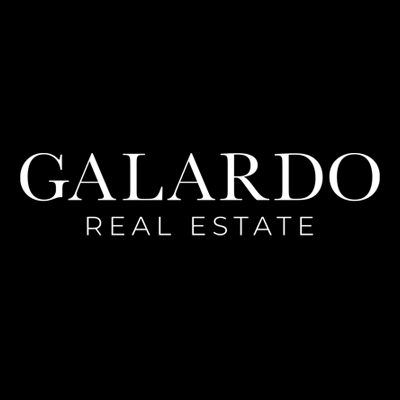
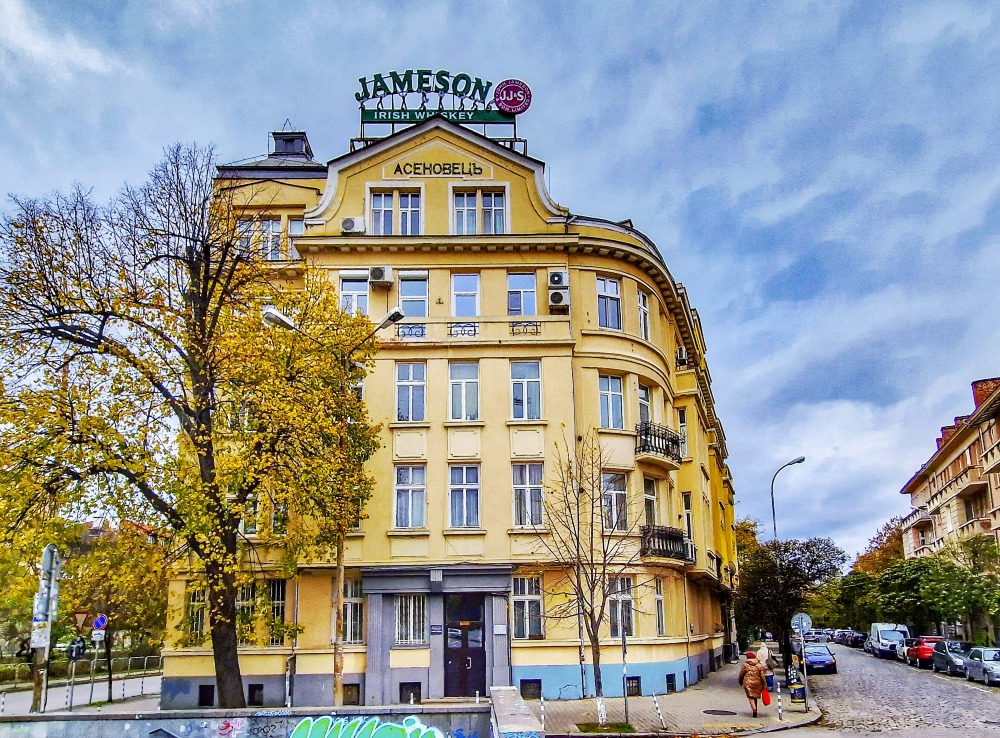
"Yavorov" is not just a neighborhood, but a place for spiritual emigration. If Sofia becomes too much for you, you can always take a walk along "Ivan Asen II" Street. You will feel better.
To inhale the aroma of freshly baked bread in the old bakery. To stop by the pastry shop where they still sell traditional Bulgarian tolumbicki and boza. To watch a movie in the neighborhood cinema "Vlaikova" or to walk along the paved streets around the Military Academy, immortalized in classic Bulgarian films - priceless!
The square between the Perlovska River, Tsarigradsko shose, the Military Academy and the old cavalry barracks has a different atmosphere compared to other central Sofia districts.
Here you will not only find beautiful old houses and housing cooperatives, but you can also feel the atmosphere of a more romantic Sofia - with laundry hanging on ropes and patios, pets peeking out of windows, small neighborhood grocers and bakeries, vendors addressing their customers by first name. The neighborhood has its own spirit and interesting inhabitants.
The main street of the neighborhood is "Ivan Asen II", which is also the only two-way street there. The last neighborhood cinema in Sofia - "Vlaikova" - still operates here. Built way back in 1925, the last Sofia cinema continues to wage its unequal battle against the big multiplexes.
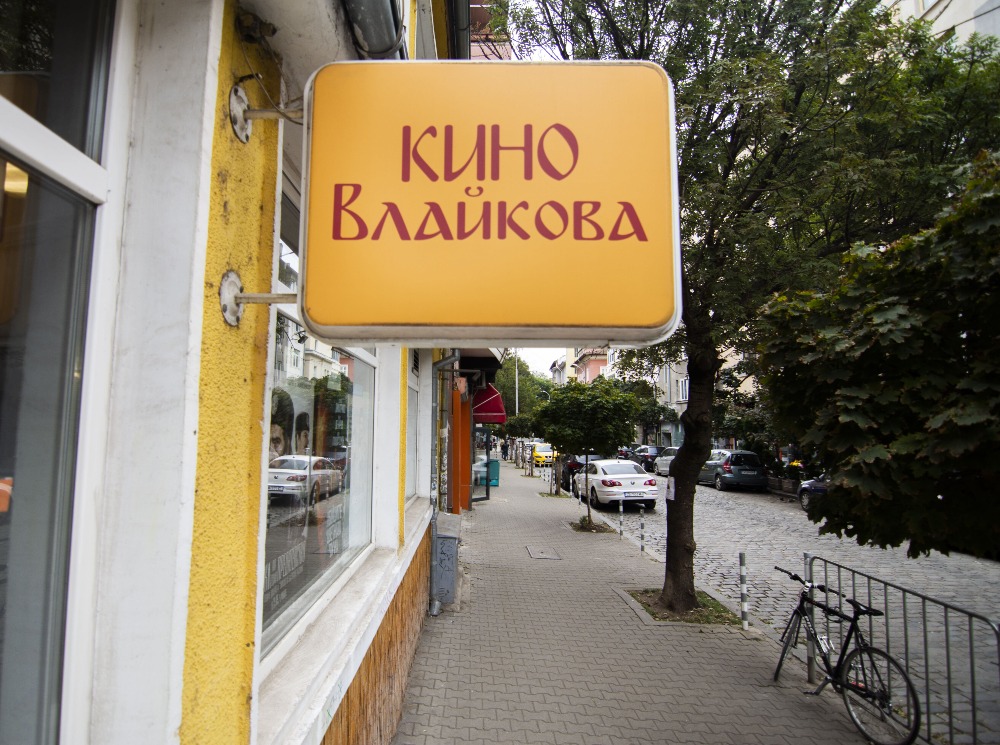
Today, "Vlaikova" is much more than a neighborhood cinema. It is a cultural institution that will soon celebrate a century anniversary, and it is a kind of emblem of the neighborhood. The curious thing is that its creators - Maria and Todor Vlaikovi, almost went bankrupt during construction, after they mortgaged their home and took out loans. Finally, they were forced to donate it to the state, which completed the construction of the cinema and covered their debts to the banks.
The "Old Bakery" with its own oven operates just meters away. It has been around since 1936 and still smells of freshly baked bread. Here you can buy handmade baguettes, sourdough bread, various snacks and cookies.
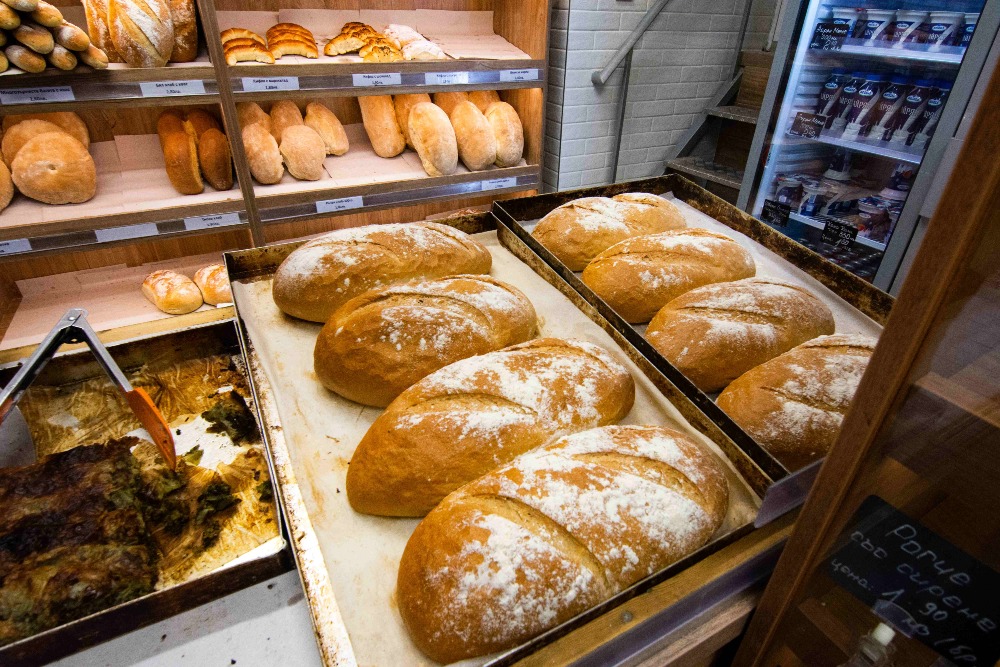
Among the emblems of the neighborhood is the “Pchela” (“bee”) pastry shop, which is one of the last places in the city that still offers draft boza. The traditional Bulgarian soft drink is delivered to the shop in bulk, three times a week, to guarantee it is fresh. In “Pchela”, you can also try traditional Bulgarian sweets, as well as the classic from Socialist times - tolumbicki soaked in sugar syrup.
If you are a resident of "Yavorov", you can literally avoid stepping outside the neighborhood for months on end - everything you need is here. Countless small and larger shops for bread, meat, fish, fruit and vegetables, including farm products. There are all kinds of service ateliers - beauty salons, cobblers, dry cleaners, wineries, courier offices, many restaurants, bars and cafes. There is also a hospital, several kindergartens and two schools.

While you are walking along "Ivan Asen II" Street, do not hesitate to take a turn along "Avicena" Street, which a century ago was called "Cibra". After the First World War, a number of university professors were given places to build houses there for free - the philologist Stoyan Argirov, the psychologist Spiridon Kazandzhiev, the pedagogue Hristo Negentsov, the mathematician Ivan Tsenov, the biologist Stefan Konsulov, the forest specialist Todor Dimitrov, the economist Ivan Kinkel, the lawyers Simeon Angelov and Stefan Balamezov, the prehistorian Raphael Popov, the philosopher Mikhail Dimitrov, the professor of music D. Ivanov, etc.
Because of them, the square around "Avicena" Street received the nickname "Professor's Quarter" in the 1930s. In addition to professors, various luminaries of Bulgarian art and culture, such as the poetess Dora Gabe, the poet Emanuil Popdimitrov, Prof. Alexander Balabanov and others had houses on the former “Cibra” Street.
Even nowadays, the neighborhood is preferred by celebrities such as the journalist and television presenter Niki Kanchev, the film director Stefan Komandarev, the musicians Orlin Pavlov and Rumen Boyadzhiev (of legendary Bulgarian rock band FSB) and others.
The history of "Yavorov" is quite interesting. This is actually the first residential district of Sofia. The area around “Orlov Most” (“Eagles’ Bridge”) was built up after the First World War. Until then, the area was known as the "Third Outskirts" and was dotted with fallow fields. On the site of today's "Ivan Asen II" street, there was a road leading to the village of Slatina.
After the wars (1912-1918), speculators bought plots of land from impoverished Slatina residents at low prices and resold them at a higher price to the residents of the capital for the construction of houses. This is how the new neighborhood was born.
The Professors' houses appeared later, after a decision of the Ministry of Public Education which gave free small plots of land to teachers and university professors.
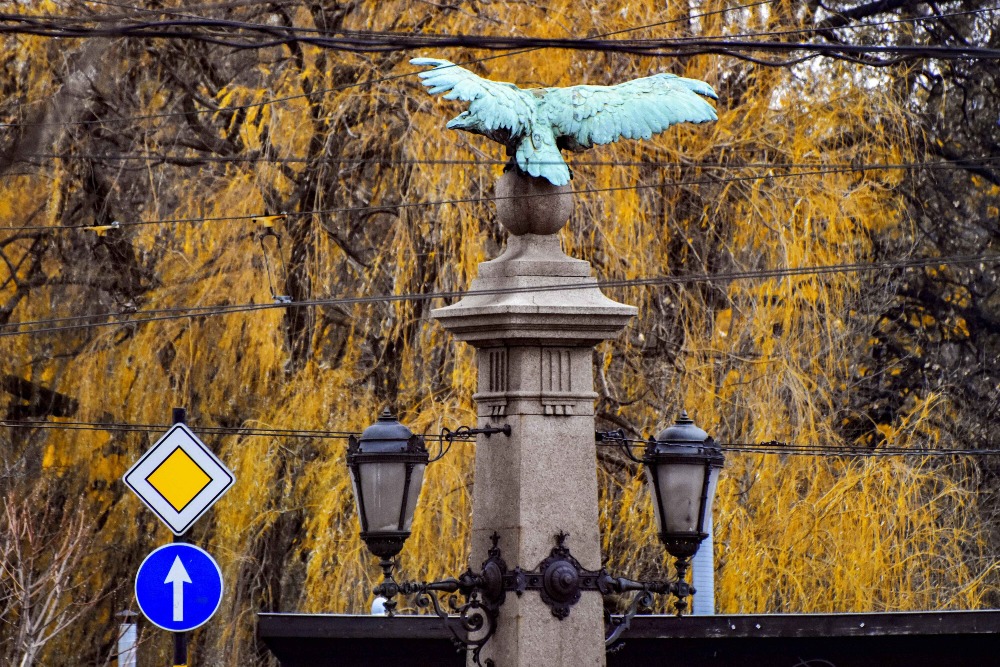
Built in 1891, the Eagles’ Bridge was conceived as a symbol of freedom, as the first returning prisoners from Turkish prison camps in Diyarbakır were welcomed here. The bronze figures of the eagles at the four ends are the work of the Viennese firm "Rudolf Philipp Waagner". Under the bridge passes the Perlovska River, which in this section has been turned into a canal.
For many years, the bridge was considered the official gate of the city. Here, the “Key of Honor” was presented to prominent guests of the capital, among whom were Kaiser Wilhelm II and the cosmonaut Yuri Gagarin.
After November 10th, the bridge became a symbol of change. The big pre-election rally of the Democratic Union took place here on June 7, 1990, with almost one million people demanding democracy and the removal of the Communist Party from power.
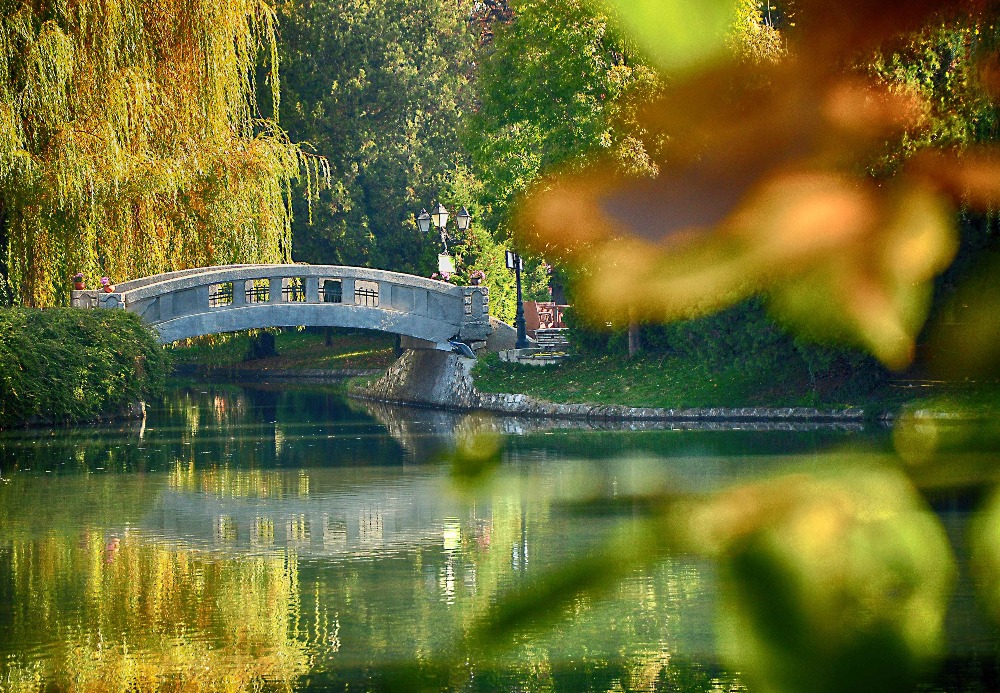
The greatest advantage of the neighborhood is its proximity to “Borisova Gradina” (“Garden of (Tsar) Boris”) - a favorite place for generations of Sofia residents.
The largest and oldest park in Sofia has long avenues and many green spaces hiding corners for rest, games, love and fun. Many of the popular places in the park are located near the “Yavorov” district, such as Lake Ariana, the Rosary and the Lily Lake - real little oases in the middle of the city bustle.
Lake Ariana keeps the memory of countless first kisses and declarations of love. Most often, this happens under the branches of the willows or under the bridge leading to the island in the middle of the lake, reminiscent of the Bridge of Sighs in Venice.
Lily Lake, which about a century ago was known as the Fish Lake, is such a popular spot that on weekends, it is almost impossible to find an empty bench around it.
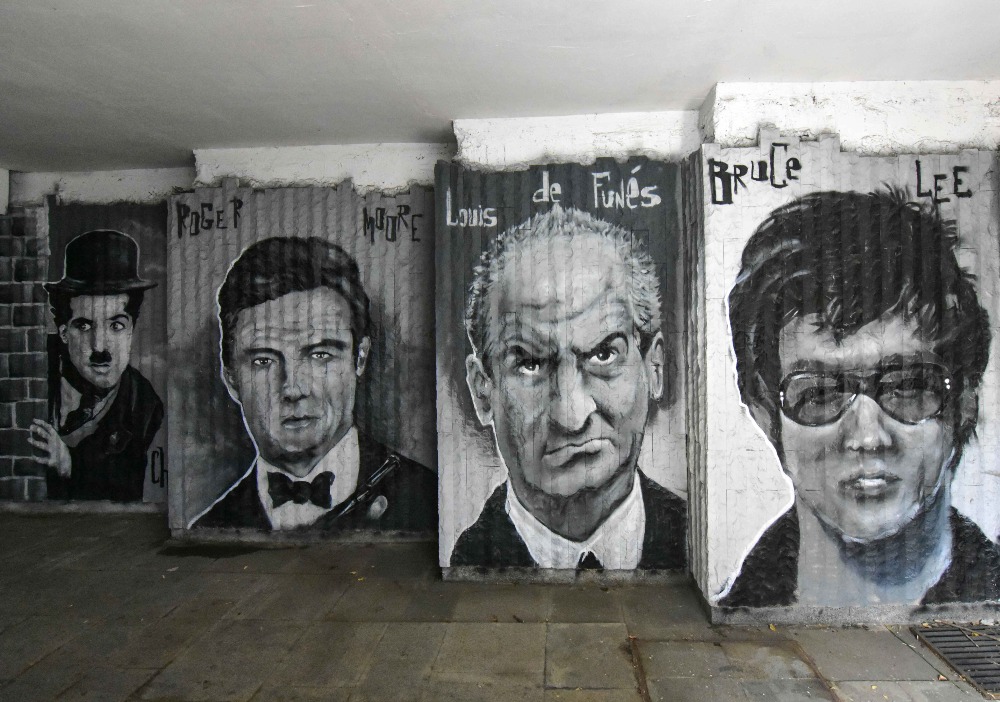
Walking through many of Sofia’s underpasses is not a particularly pleasant experience – they tend to be dirty, dark areas, populated by homeless people. But this underpass is different. It is called the "film underpass" because of the many installations and graffiti inspired by cinema.
Going through it will transport you into the world of cinema and make you smile. In addition to graffiti with favorite images from the big screen, such as Marilyn Monroe and Charlie Chaplin, famous lines from classic Bulgarian and foreign films are written on the walls of the underpass.
To the north, the neighborhood borders the Military Academy Park, another small oasis in the heart of the city. Until ten years ago, it was completely off-limits to civilians, but now the place is a "demilitarized" zone. Access is free, but you have to consider the working hours.

In fact, this is the only park in the capital that has opening hours and locks at night (8.30pm in summer and 5.30pm in winter). In the summer, the park is sometimes used for performances by the Sofia Opera and Ballet.
Other events are also held here - concerts, parties and film screenings. In addition to its beautiful paths, suitable for walks, the park also features an interesting wooden gazebo which resembles a forest cabin. Its green carved roof provides shelter in case of sudden rain.
The fence of the park is a real landmark. It is made from 1895 barrels of "Kranka" and "Berdana" rifles, used by Bulgarian soldiers at the beginning of the twentieth century. It was made in 1934 and is a cultural monument.
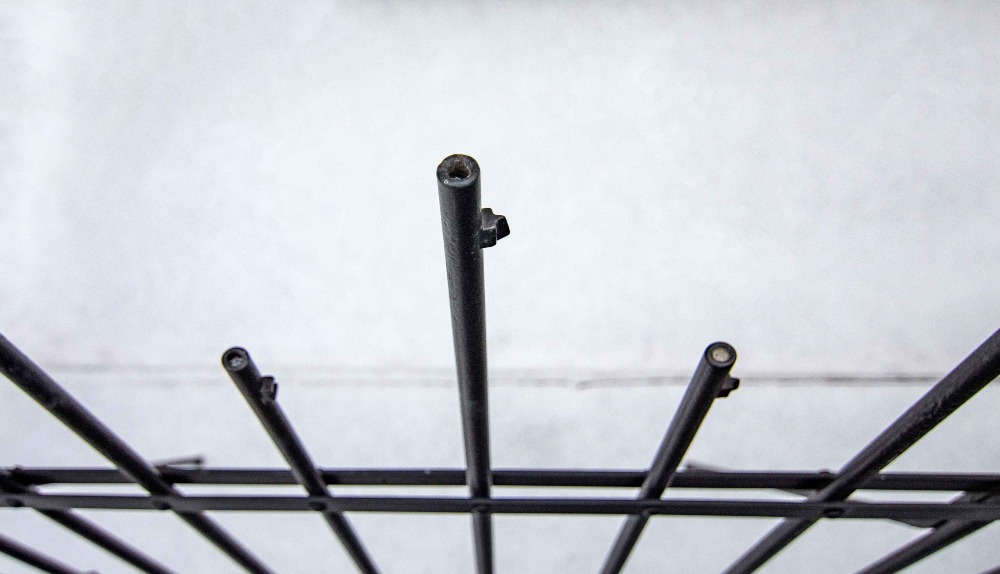

The central building of the Military Academy is also a cultural monument, built in the Neo-Romanesque style and designed by the Czech architect Antonin Kolar. It resembles an old fortress with arched windows and ornaments in the form of battle towers added to the roof cornices.
The designer of the park is the German Friedrich Grünanger, who is also the creator of other Sofia landmarks such as the Theological Academy, the Synagogue, the Eastern wing of the Royal Palace, and the Jablanski house.
● In socialist times, the upper part of "Yavorov" was called "Lenin".
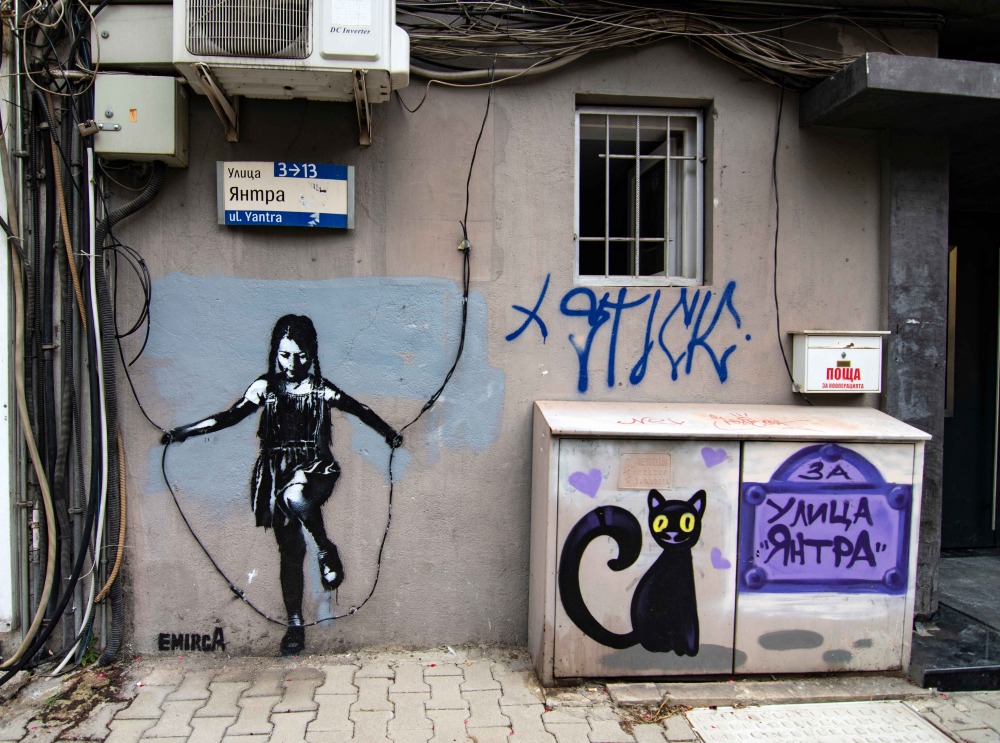
● Today's "Evlogi and Hristo Georgievi" boulevard was called "Adolf Hitler" for several years. This name was given to it by the Sofia councilors in October 1940 as a sign of appreciation for the return of the Southern Dobrudja region to Bulgarian territory.
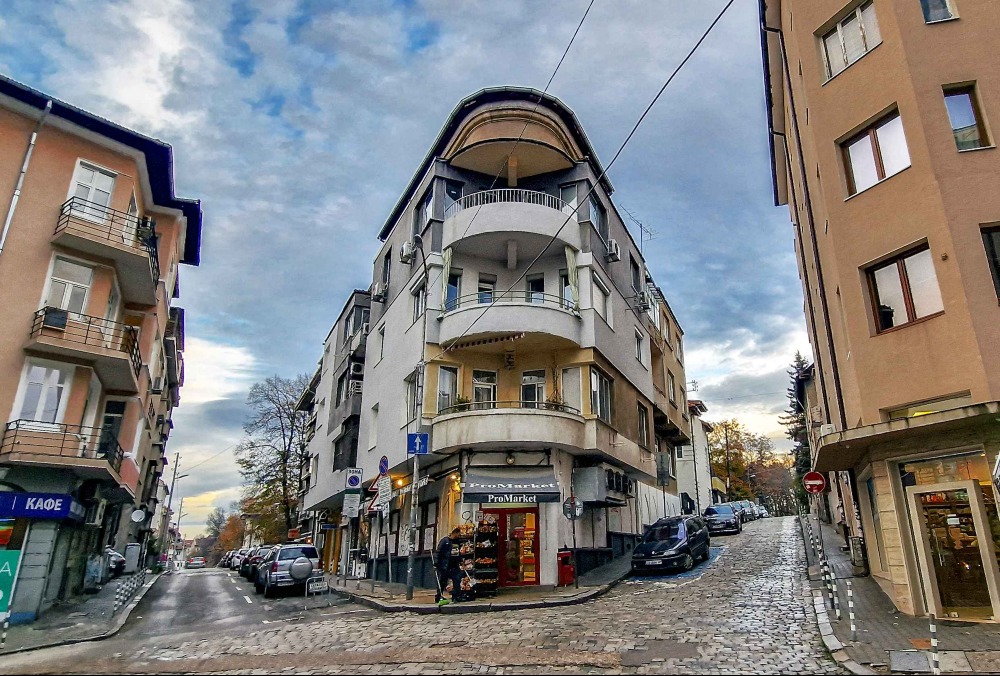
● The "Tsarevets" housing cooperative, located next to Eagles’ Bridge, is only the second of its kind in Sofia - it was built in 1925. Before it, there was only one like it - the "Musala", located on the corner of "Serdika" and "Triaditsa" streets (1923).